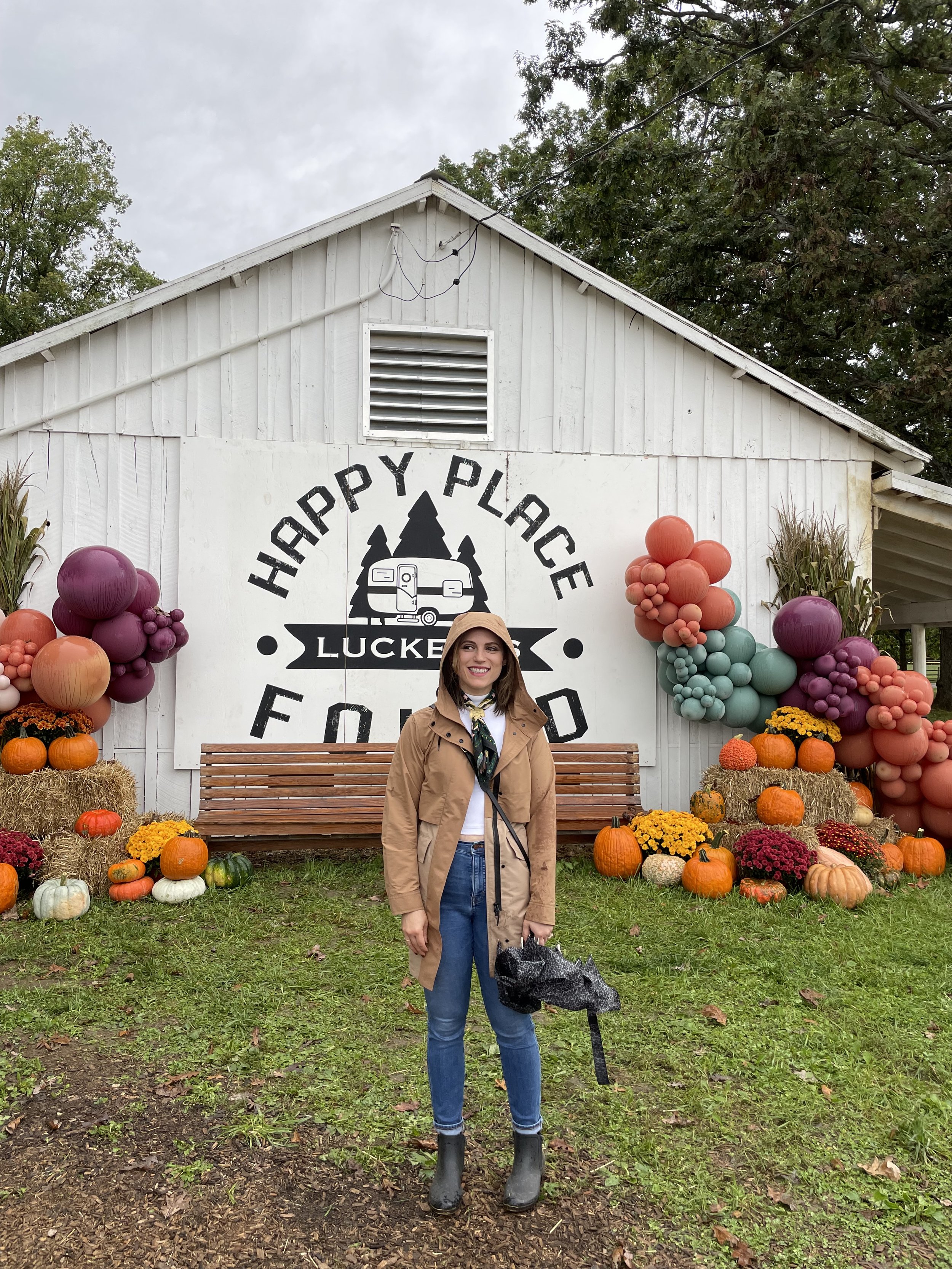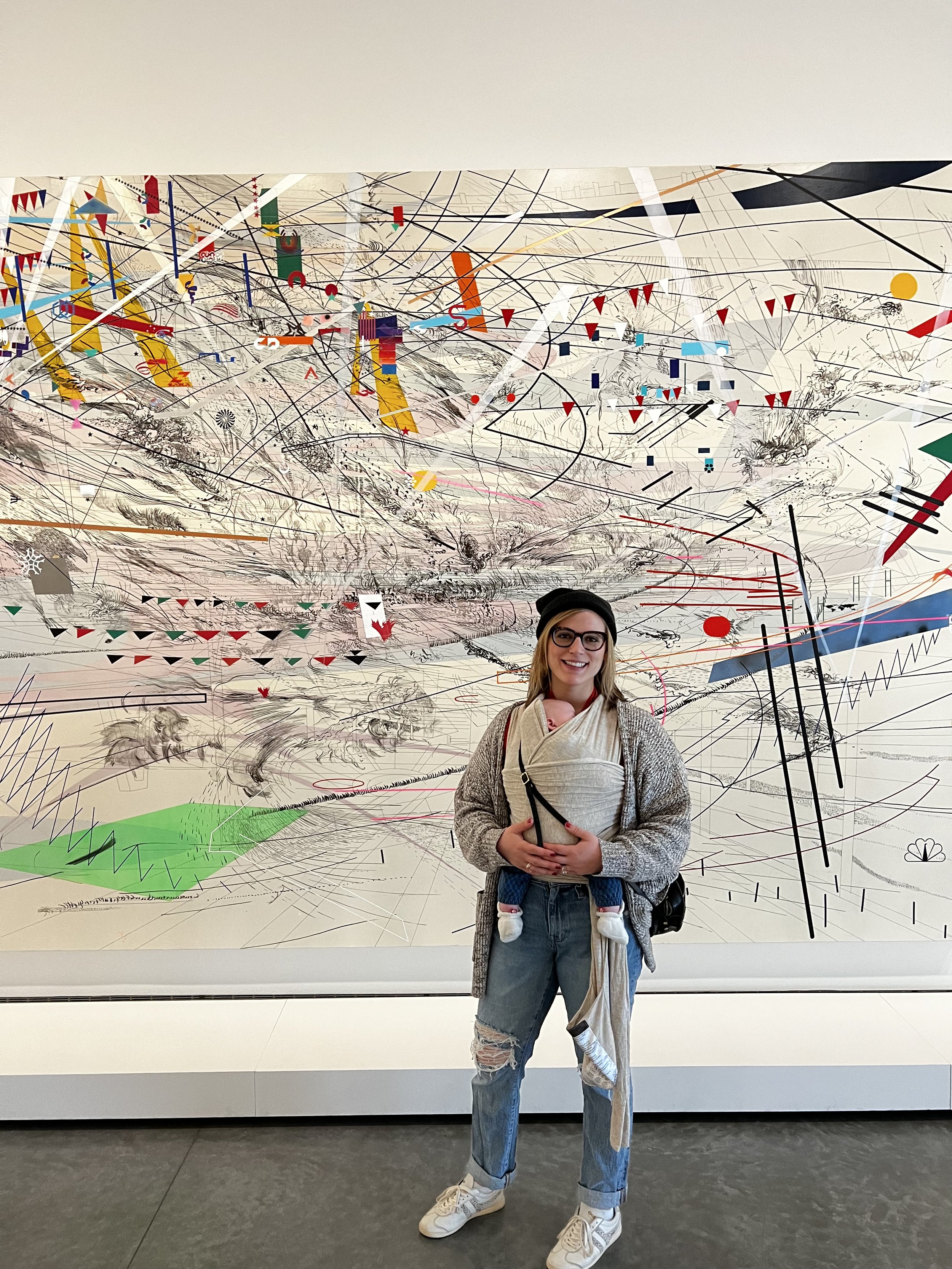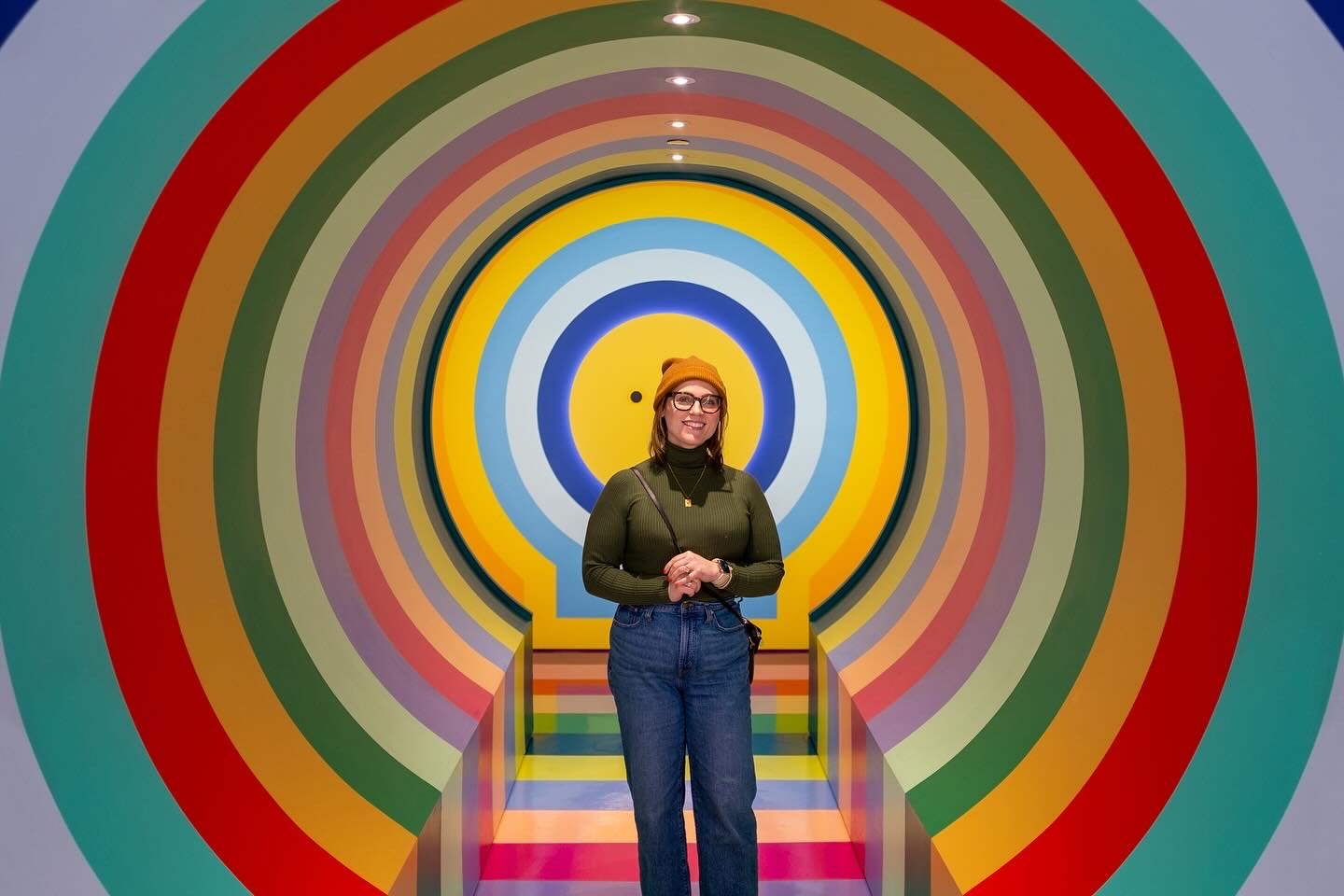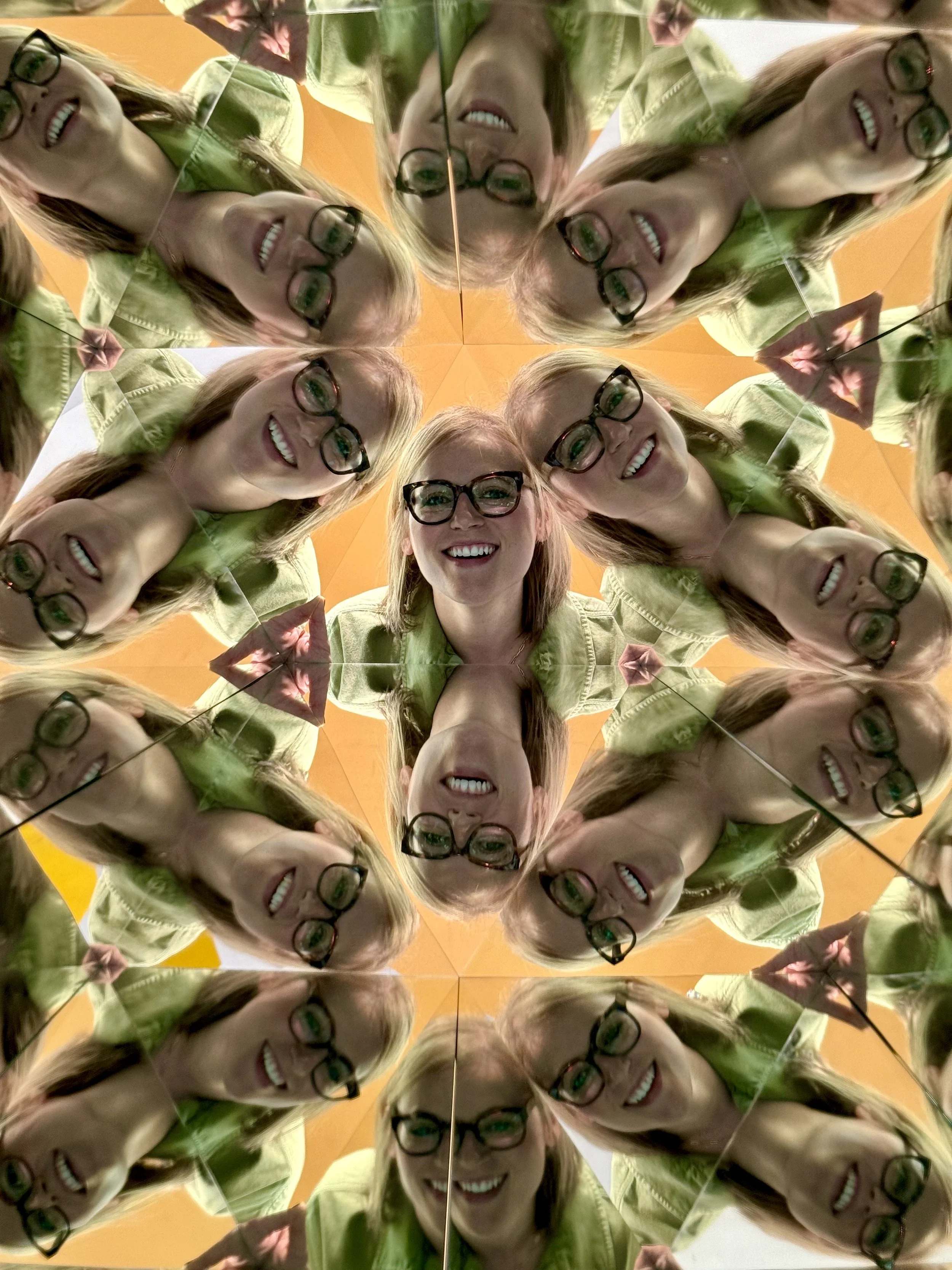
I lead the creative brand team at Cisco Talos, the security intelligence and research team powering Cisco’s cybersecurity products. At Talos, I’m both a brand defender and a daily creative fire fighter. My team supports nearly 500 researchers, analysts, incident responders, and engineers, handling every visual and creative need that comes our way. If it’s visual, I care about it. If it’s broken, I fix it.
My career began in journalism, designing news pages and creating illustrations for Gannett and American City Business Journals. My beginnings in journalism set me up to become a true visual translator for the tech space—distilling complex information into something clear and compelling. In my day to day, I work to elevate a deeply technical brand for non-technical decision-makers. Let’s be honest: in this industry, it’s often a true “explain like I’m five” scenario, and designers are the bridge that makes communication not just possible, but powerful.
That’s the core of what I do every day: create bold, effective, on-brand content that lands where it matters. Sure, sometimes that means my team designs fun swag or sketches something silly, but it’s always in service of a trusted, polished, and respected brand—one that gets into the hearts and minds of its customers. Because in cybersecurity, the work only matters if people understand its value, and that’s where my work makes the biggest impact.
Wendy
Goldfarb
Bishop
Who I am
A creative leader and coach
A multi-disciplinary designer and illustrator
An ace layout artist who truly puts content first
A believer in straightforward, non-fussy design thinking
What I love
Talking about the value creatives bring to the tech space
Cultivating a close-knit team that works harder because they want to do their best work to support each other
Deadlines, and sticking to them
Transparent, approachable leadership both up and down the chain
Knowing the rules inside and out so I’ll also know when to break them
What else?
I am a mom, fitness enthusiast, avid traveler and home cook. I enjoy reading interior design blogs and fiction books on my Kindle.
Let’s talk about…
-
At the end of the day, team culture makes or breaks the employee experience. I genuinely believe people work harder — and smarter — when they know their work directly impacts peers they care about.
That’s why I focus on building a team that has each other’s backs — one that cares, both in and outside of work. I lead with empathy and transparency because trust is everything. I want my team to feel comfortable coming to me with problems (let’s squash the beef together) and wins (yes, please show off that cool thing you made!).
I encourage proactive thinking and problem-solving — not just for efficiency, but for growth. When people feel safe calling out issues and confident taking initiative, innovation can thrive — even on the smallest teams.
Mentorship is one of the best parts of my job. I get genuinely excited about helping my team discover their superpowers, lean into their strengths, and become the go-to experts in their space. Sometimes, all someone needs is the right encouragement and a few tools to truly own their value — and take their role to the next level.
-
I’m going to say something controversial in the design world: form follows function — and content comes before creativity. Stay with me.
Here’s the truth: no matter how visually stunning a piece is, if the core message gets lost, the creative has failed. Design isn’t there to distract — it’s there to clarify. The real power of creative work is in making content more approachable, more engaging, and ultimately more effective.
This principle has guided my entire career. I work with complex, technical content — the kind that can feel dense or intimidating. My job is to elevate it. When I’ve done my job well, the content becomes the hero, not the design.
That’s the true role of a skilled designer: we’re translators. We help technical ideas find the right audience, in the right way. And when we do it right, our work doesn’t just look good — it works.
-
A brand is a logo — sure. But a logo is really just a symbol of something much bigger.
When it’s done right, a brand isn’t just the external face of a company. It’s not just what shows up on social media, or what’s printed on swag and slide decks. It’s not even just the visual language or creative output.
It’s the heart. The voice. The culture.
It’s the thread that ties everything — and everyone — together. When it’s strong, it’s what keeps people connected to the work and coming back, day after day.A brand with real personality has power. It sneaks into hearts and minds, and makes people want to engage — with their time, their clicks, and yes, their money.
-
I believe the first step to building a successful creative team is creating the right environment to support one.
The value of high-quality creative work might seem obvious to some — certainly to me — but it’s not second nature to everyone. For those unfamiliar with the purpose and power of strong visual communication, the design process can feel like a frustrating roadblock rather than a strategic asset.
That’s why establishing a creative culture — especially where one didn’t exist before — takes intention. Everyone, whether they’re on the creative team or not, needs to understand the difference great design makes. It starts with building trust. When stakeholders see that the creative process helps showcase their hard work and ensures it resonates with the right audiences, that’s when the lightbulb goes on. That’s when alignment happens.
And once that trust is in place? Game on. Clear workflows can be built. Leadership support trickles down. Creatives — from junior to senior — feel empowered to self-advocate and take ownership of their impact. Eventually, it becomes second nature. Design becomes part of the fabric of the company — not just a function, but a force.






